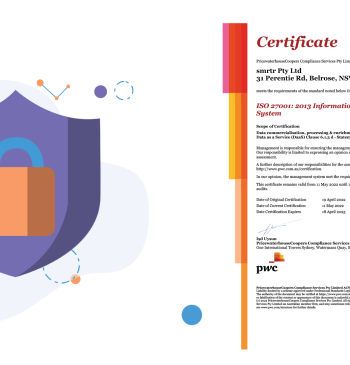The Role Of Data In The COVID-19 Pandemic
18 Feb

The COVID-19 pandemic has provided society with one of the most significant challenges in recent memory. It has also come at a time where we live in a technologically advanced and data-driven world.
It is no surprise, therefore, to learn that data has played a major role in helping various governments, companies and groups navigate the COVID-19 virus and the various challenges it brings.
In this piece, we take a look at some of the best ways data has been used during the pandemic.
Understanding the virus and how it spreads
Given the virus was so new and has spread so rapidly, much of the response to COVID-19 has involved governments seemingly ‘learning on the go’, when it comes to their response. These learnings have been made with the assistance of data, however. The Centers for Disease Control and Prevention in the US, for example, has been collecting data about asymptomatic COVID-19 patients to better understand how the virus might present in such individuals. As a result the CDC was able to build a model which found 59 percent of COVID-19 transmissions can come from people not displaying symptoms.
The collection of this data helps governments around the world make educated decisions around how they assess the risk of asymptomatic transmission and helps with the deployment of relevant safeguards.
Using data to make predictions
Although the virus has continued to find new ways to spread throughout the pandemic, governments have been attempting to use data to best make predictions on its movement and alert the community accordingly. For example, locational data from mobile phones can be used by governments to identify certain areas that have seen high levels of movement. This information can then be taken to highlight potential ‘hot spots’.
Interestingly, Natural Language Processing (NLP) – the same technology used by Siri and Alexa – has emerged as a way to help experts understand COVID-19. Given the vast amounts of information available online about the pandemic, it is next to impossible for a human to collect and synthesise all the relevant data. NLP, however, can mine through text to collect this unstructured data and arrange it in a way that is usable and helpful.
Using data to emerge from the pandemic
With various vaccines now available, there appears to be some light at the end of the COVID-19 tunnel. As the focus moves economically recovering from the pandemic, experts are starting to look at the role of data here.
Many governments that have been providing financial support for the public throughout the pandemic now find themselves in a great amount of debt. However, there is an opportunity for such governments to save money in the long term by creating data-driven efficiencies. With the pandemic paving the way for a remote work revolution, governments can look at the data that is collected through this shift to help facilitate the workplaces of the future. Additionally, healthcare systems that are currently being overrun will soon be able to use the data currently being collected to shape more sustainable future strategies.
Consultancy firm EY recently urged governments to look at data collected during the pandemic to help aid financial recovery. “As governments seek to balance economic burden with protecting lives during the pandemic, we will need to adapt our way of doing business. Shielding and working from home will be normal practices for the foreseeable future. But data should provide the basis for any recommended action,” EY said.
At smrtr, we have launched the smrtr for Good initiative as a way to help make the world a better place using data. Click here to find out more.
By Georgie Brooke, Chief Executive Officer at smrtr




